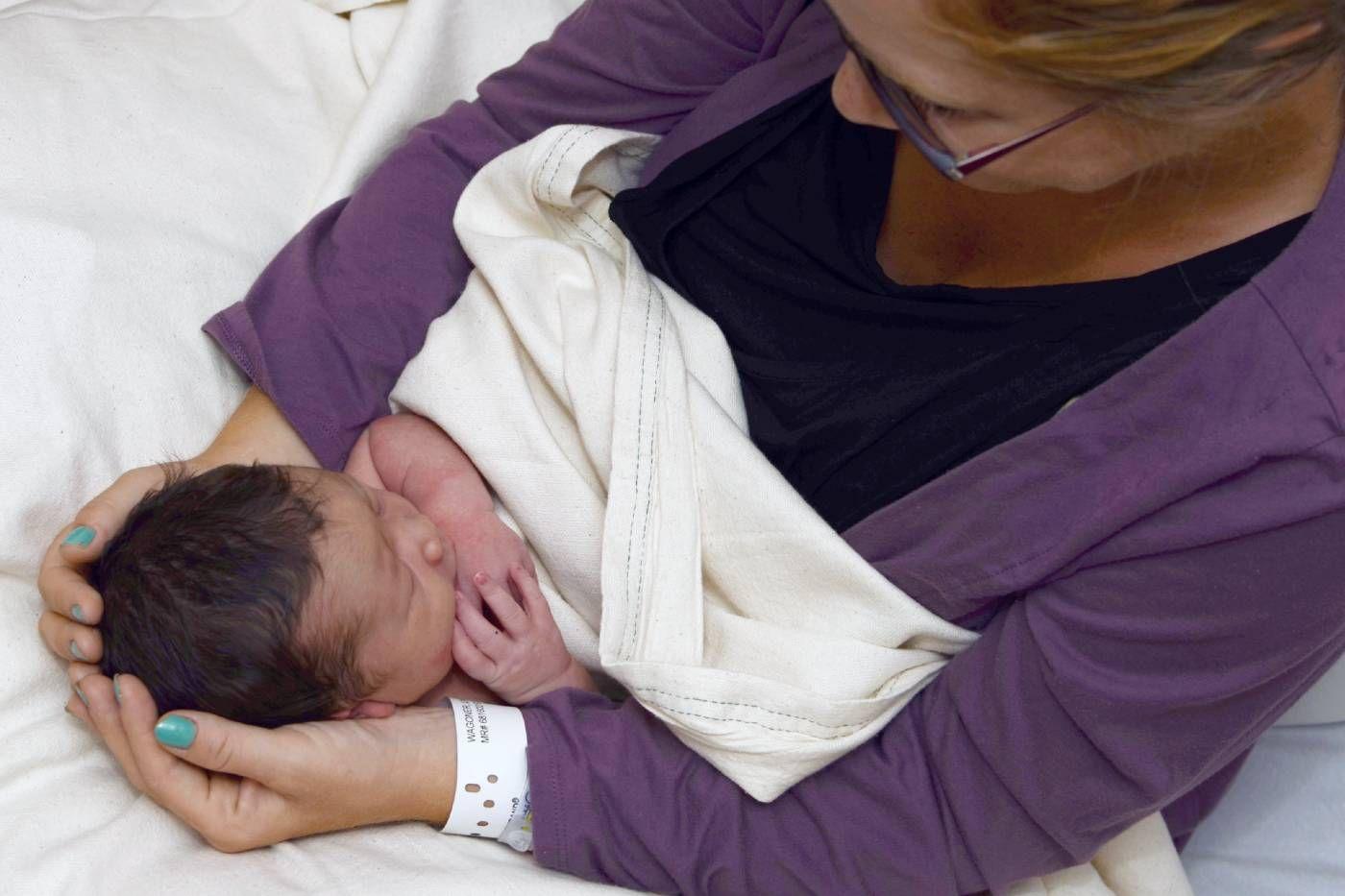BABY
Lanugo: What It Is and Why Babies Have It
Did you know babies are sometimes born covered in hair? Here is what you need to know about lanugo.

Written by
Dr. Harvey Karp

SHARE THIS ARTICLE
PARENT PICKS
Bestsellers
BABY

Written by
Dr. Harvey Karp

SHARE THIS ARTICLE
Bestsellers
If you’ve never seen a newborn baby, then you might be in for a bit of a shock when your lovebug arrives. Unlike the pristine pink babies on the telly, newborns IRL are wet, wrinkly, and sometimes bright red…with little smears of white cheese-like stuff (aka vernix) in the armpits and between the labia. And occasionally, they show up covered in patches of dark hair. (Probably not the glowing bundle you have imagined…but beautiful, nonetheless!) The hair that covers newborns is called lanugo, and though it may seem odd, it is nothing to worry about.
If you have been reading up on your pregnancy week by week, then you might have learned that between week 14 and week 16 your baby begins to develop hair called lanugo. But before you start daydreaming about your baby having mummy’s curls or daddy’s chestnut waves, you should know that lanugo is temporary and will likely be gone before your baby is even born!
Lanugo plays a key role in helping the vernix (a white cheese-like substance that covers the fetus in the months before birth) bind to skin while in the uterus. With the sticky vernix being held in place by the tiny hairs, the growing skin is cosy and warm. It also protects the skin from the amniotic fluids (can you imagine your skin if you sat in a tub for 9 months straight?!).
During the final weeks of pregnancy, the fetus typically sheds the lanugo and then munches on little hairs that float by—here and there—as it swallows the amniotic fluid. The lanugo essentially becomes part of Baby’s first meal, or at least first snack. After birth, a newborn will pass the lanugo in their first poos, called meconium. Then, very soon after birth, the newborn’s skin will begin to grow the fine body hair that all humans have.
If your baby is born with traces of lanugo still present, it will simply look like patches of fine, dark body hair. The usual locations for these tufts are on the tops of the ears, across the forehead, on the back…especially down by the sacrum (just north of the gluteal fold, otherwise known as the butt-crack).
Growing and shedding lanugo is a normal and harmless rite of passage for newborns, but do not hesitate to speak with your care provider if you have any questions!
Disclaimer: The information on our site is NOT medical advice for any specific person or condition. It is only meant as general information. If you have any medical questions and concerns about your child or yourself, please contact your health provider. Breastmilk is the best source of nutrition for babies. It is important that, in preparation for and during breastfeeding, mothers eat a healthy, balanced diet. Combined breast- and bottle-feeding in the first weeks of life may reduce the supply of a mother's breastmilk and reversing the decision not to breastfeed is difficult. If you do decide to use infant formula, you should follow instructions carefully.